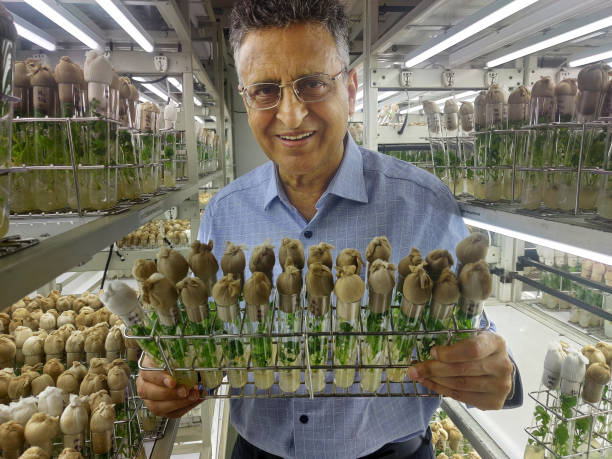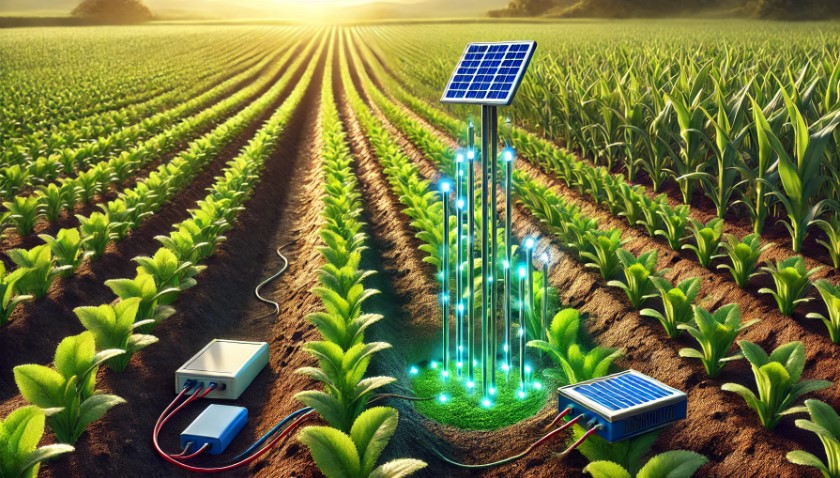In a groundbreaking development, bioengineers are proposing a transformative approach to food production known as “electro-agriculture.”
This innovative method seeks to replace the inefficient process of photosynthesis with a solar-powered chemical reaction, dramatically increasing the efficiency of converting carbon dioxide (CO2) into organic molecules that specially engineered plants can consume.
Current photosynthesis processes convert only about 1% of absorbed light energy into usable chemical energy.
However, researchers estimate that electro-agriculture could enhance this efficiency to approximately 4%, significantly reducing the land required for agriculture by up to 94% if applied across the United States.
This method could also pave the way for food production in controlled environments, including space.

Robert Jinkerson, a biological engineer at the University of California, Riverside, emphasizes the potential of this technology, stating, “If we don’t need to grow plants with sunlight anymore, then we can decouple agriculture from the environment.”
Electro-agriculture envisions multi-story buildings powered by solar panels, facilitating a chemical reaction that produces acetate—a compound akin to acetic acid, found in vinegar.
This acetate will serve as a food source for hydroponically grown plants.
Initial research focuses on genetically engineering plants like tomatoes and lettuce to utilize acetate, reviving a metabolic pathway dormant in adult plants.
The ultimate goal is to create plants capable of deriving all their energy from acetate, eliminating their reliance on sunlight.
While still in the research phase, this innovative approach promises to reduce the carbon footprint of food production.
As the technology advances, the team hopes to commercialize applications for mushrooms, yeast, and algae before expanding to staple crops.

